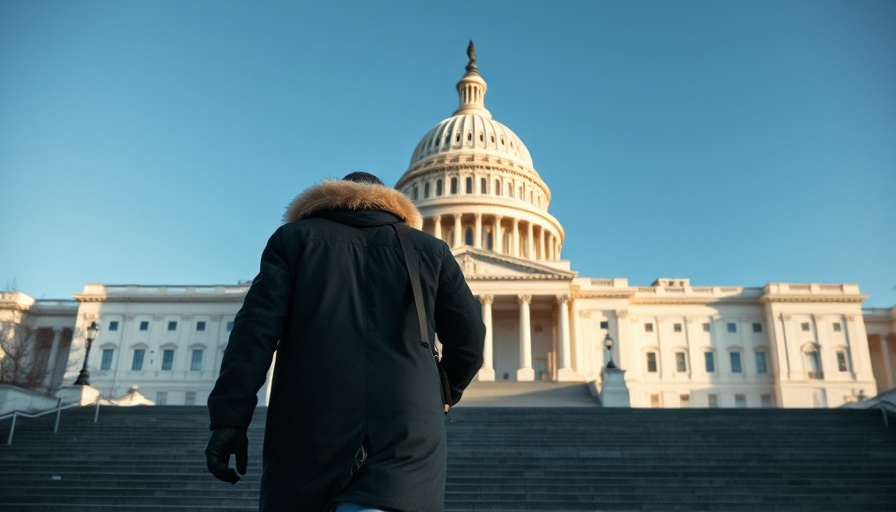
Trump's Bold Move: Buyouts for Federal Employees
In a significant shift of employment strategy, the Trump administration has announced a buyout program aimed at millions of federal workers through a government-wide "deferred resignation" initiative. This proposal appears to be a direct response to the administration's insistence on getting federal employees back to the office as normalcy resumes post-pandemic.
What the Buyout Entails
According to communications from the U.S. Office of Personnel Management sent out recently, federal employees who choose to accept the buyout will receive their regular salary and benefits until September 30, provided they resign by the deadline of February 6. Those who opt in will not be required to report to work after taking the buyout, streamlining the process for those considering this option.
Government Efficiency Push
A senior administration official expressed that this initiative is designed to align federal employee performance with the administration's renewed expectations for higher on-site work standards. Reports indicate that, currently, a mere 6% of federal employees are working full-time in office settings, a statistic deemed "unacceptable" by administration officials. The expectation is that around 10% of federal employees could take the buyout.
The Reception by the Public
Elon Musk, a prominent figure in Trump’s circle, referred to the buyout offer on social media as "fair and generous," echoing sentiments of revitalization in workforce engagement. While the proposal has met with approval from some sectors, other observers may question the implications for workforce morale and the long-term effects on government staffing.
Looking Ahead: Impact on Federal Workforce
As federal workers navigate this buyout option, the broader implications of reshaping government staffing will unfold. It's essential for taxpayers to be aware of how these changes might affect government efficiency and their day-to-day interactions with federal services.
 Add Row
Add Row  Add
Add 




 Add Row
Add Row  Add
Add 

Write A Comment